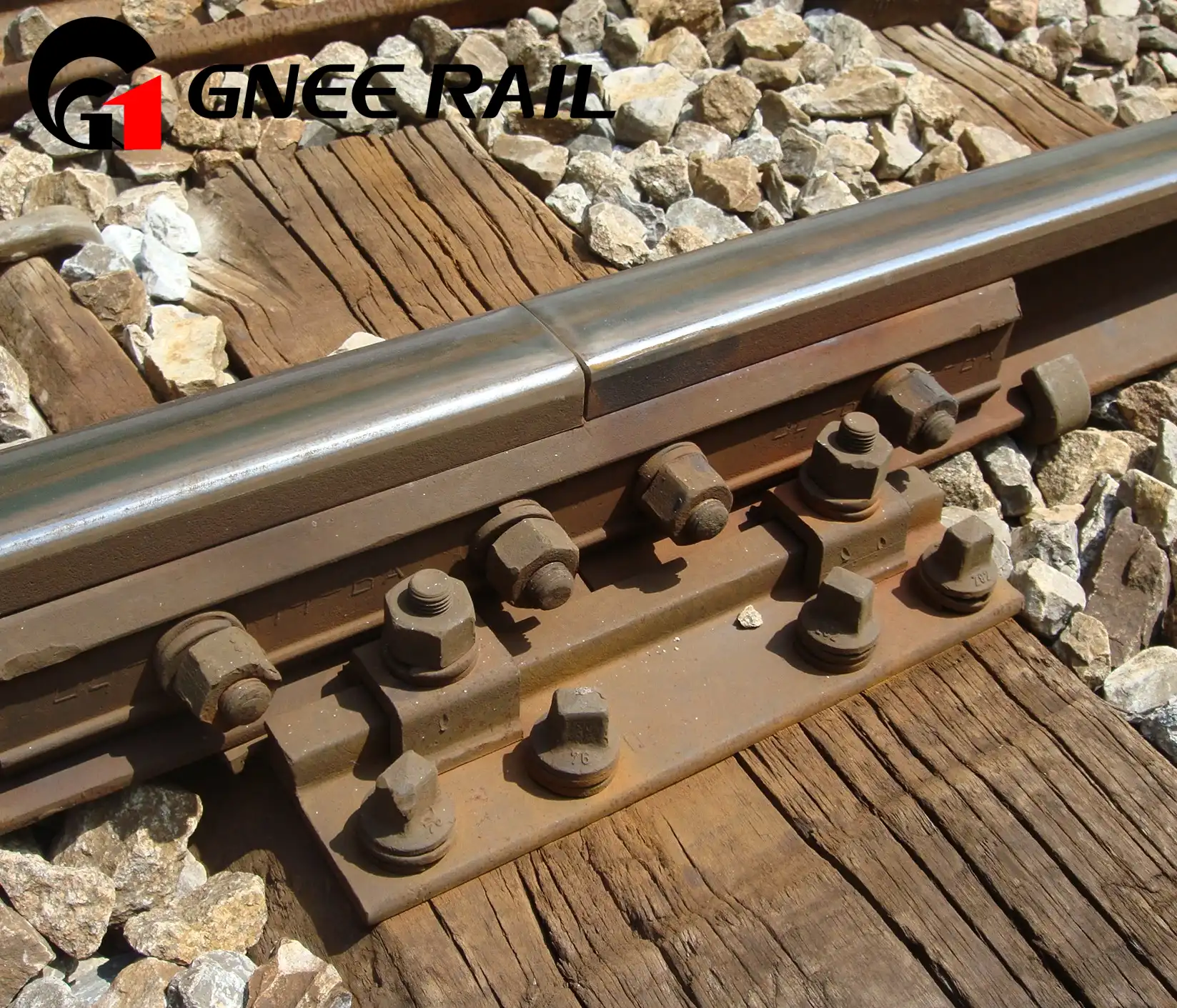Railway Bolt Application Standards
The application standards for railway bolts are in accordance with related rail track standards. And each joint must be secured with a minimum of two railway bolts, with each bolt tightened to approximately 400 foot-pounds of torque, which develops between 25,000, and 30, 000 pounds of tension in the railway bolts.
It is imperative that the railway bolts used are of the correct size and securely in place.
Furthermore, proper installation requires the use of AREMA spring washers with railway bolts, with nuts installed against the spring washer.
The installation of railway bolts and nuts must be done alternately on the inside and outside of the rail.
When moving railway bolts and joint bars, adherence to safety standards is essential. The joint area of the rail and the contact surface of the joint bar should be cleaned, and the bolt threads lubricated.
Safety regulations prohibit operation over rails where any railway bolts are missing or ineffective.
The railway bolt itself comprises a shaft with wood screw threads on one side and metal screw threads on the other. Additionally, it features a 7mm hex shape as part of the shaft, facilitating easy winding into the end grain or newel post using a wrench or ring spanner. Overall, adherence to these standards ensures the proper installation and maintenance of railway bolts, contributing to the safety and functionality of the rail infrastructure.
